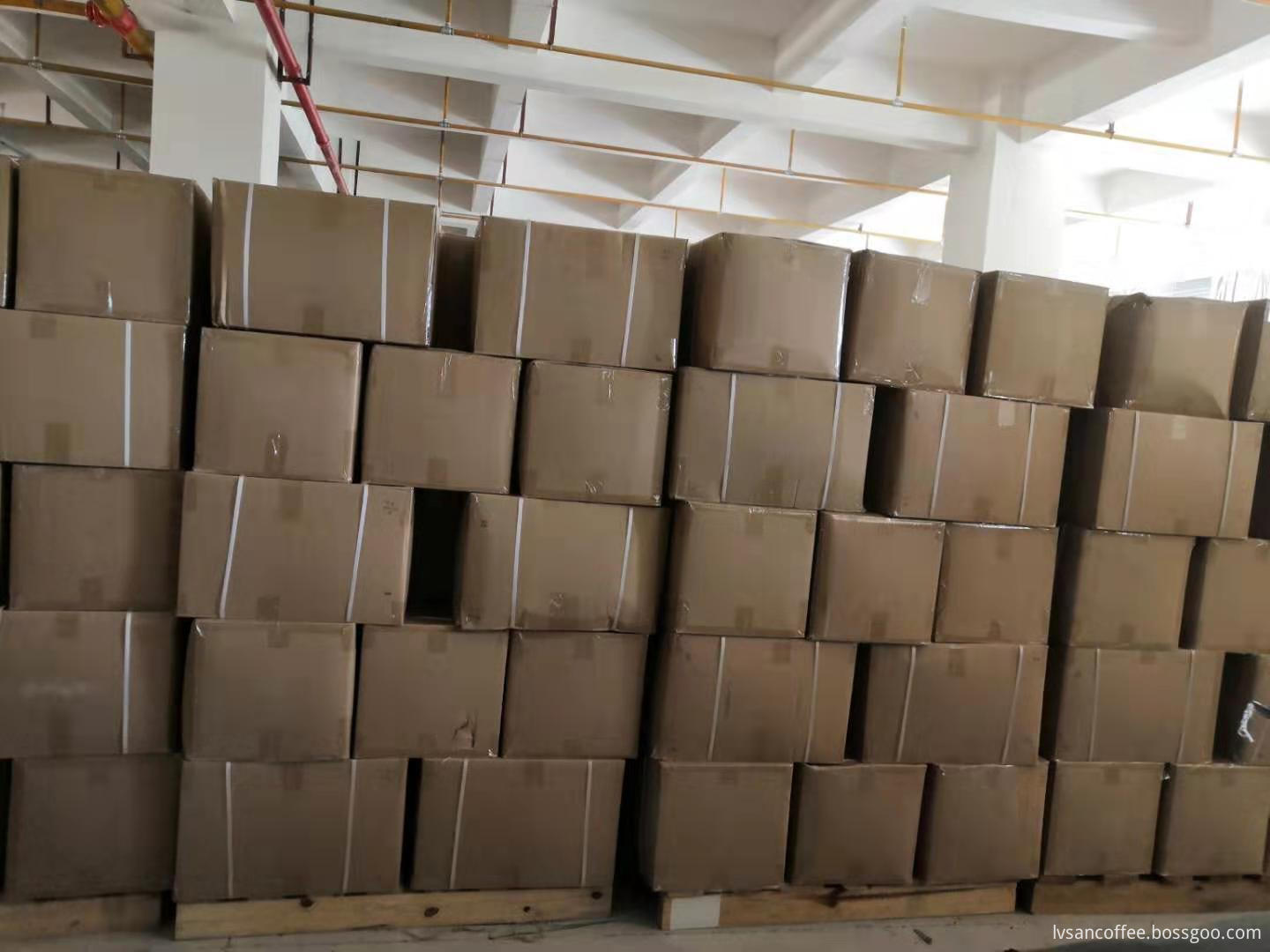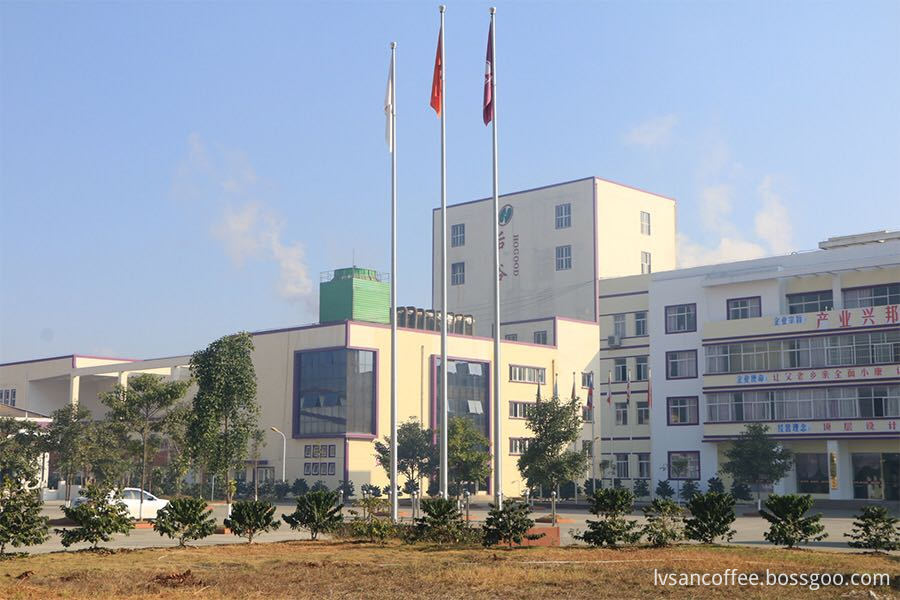Seedling matrix revolution: from "digging" the substrate to the "system"!
The Seedling Matrix Revolution: From "Digging" the Substrate to a "System"!
In the past, peat was commonly used as the growing medium for seedlings. However, peat is a non-renewable resource in the short term, and its overuse has raised serious environmental concerns. Meanwhile, the post-treatment of rock wool has become increasingly problematic. Due to the excessive exploitation of peat, its availability has become limited, and it's not evenly distributed. Transporting peat from the main producing areas in the northeast to the southern regions—where a large portion of the demand lies—has significantly increased costs. As a result, people have started paying more attention to the potential of organic waste as an alternative.
Organic wastes made into dielectric materials must meet certain criteria. First, after fermentation, the total nutrient content should generally be below 4% (N + Pâ‚‚Oâ‚… + Kâ‚‚O on a dry basis). If the nutrient level exceeds 4%, it would fall under the category of organic fertilizer. Second, the material should remain stable for more than one year after fermentation. Third, the EC value (electrical conductivity) should be below 4, and the water absorption rate should be above 2. In addition, the raw materials need to be easily accessible and low-cost. Examples include cottonseed husks, pig manure, cow dung, rice husks, slag ash, sawdust, and waste from reed paper mills that have been used for mushroom cultivation.
Although the concept of organic ecological cultivation media has only gained attention in recent decades with the rise of environmental awareness, it is based on the fermentation of organic waste. Functional fermentation bacteria, such as those used in fertilizers, are often added during the process. A small amount of mineral-based media like peat, vermiculite, or perlite may also be included to create a non-toxic, recyclable growing medium suitable for modern horticultural practices.
The key to developing this organic ecological cultivation system lies in creating a medium that has stable physical and chemical properties, uses widely available and low-cost raw materials, is environmentally friendly, and can be produced on a large scale for commercial use. Using various types of organic waste to produce an ecological soilless medium not only helps solve the issue of waste disposal but also provides a sustainable alternative for soilless farming. This approach enhances the overall utilization of natural resources while delivering ecological and social benefits, along with economic advantages.
For example, many flower production units in China have started using a fermentation aid strain to turn agricultural waste like bark and sawdust into an ecological matrix. These efforts have yielded excellent economic results and are now being widely promoted.

100%Robusta Instant Coffee and 100%Arabica Instant Coffee
100%Robusta Instant Coffee:3IN1 Coffee and milk tea has mellow stranger flavor;
100%Arabica Instant Coffee: The flavor is sweet and soft. It is a High quality raw material of black coffee.
Product features:
1. Special large package for industrial raw material sales;
2. 100% pure coffee;
3. Good instant solubility;
4. Unique aromatic oil recovery device to maintain the flavor of coffee to the greatest extent;
5. Stable raw material origin and long-term supply


Bulk Instant Coffee,Instant Espresso Coffee,Best Instant Espresso,Granulated Instant Coffee
Yunnan New Biology Culture Co,.Ltd , https://www.lvsancoffee.com